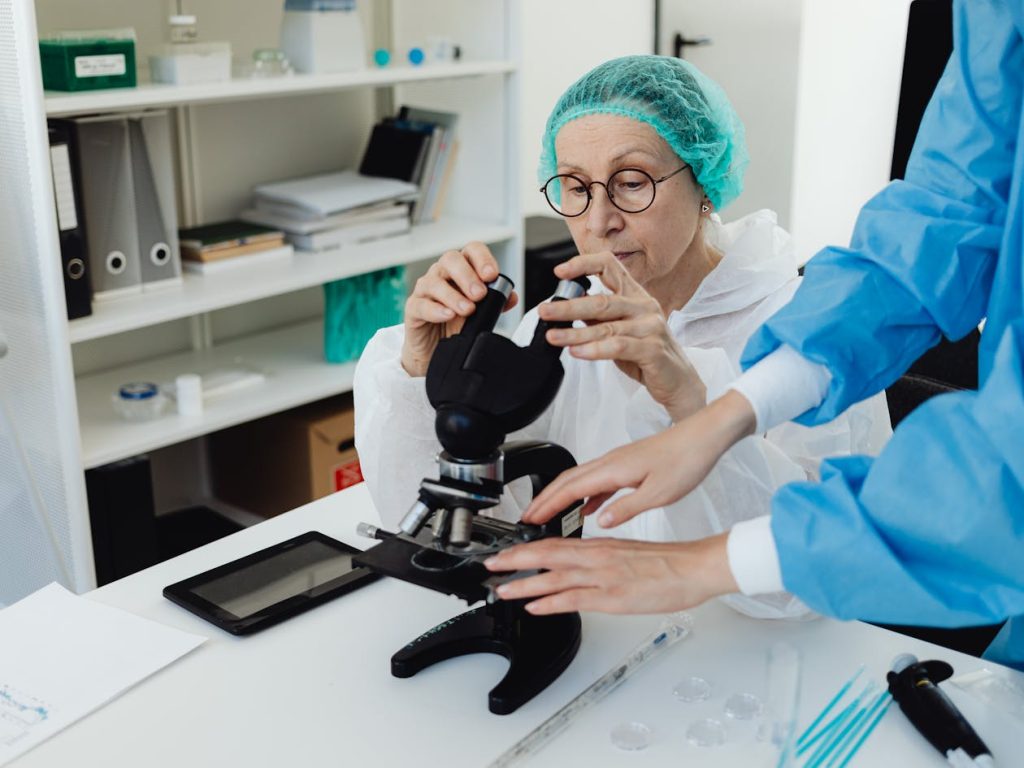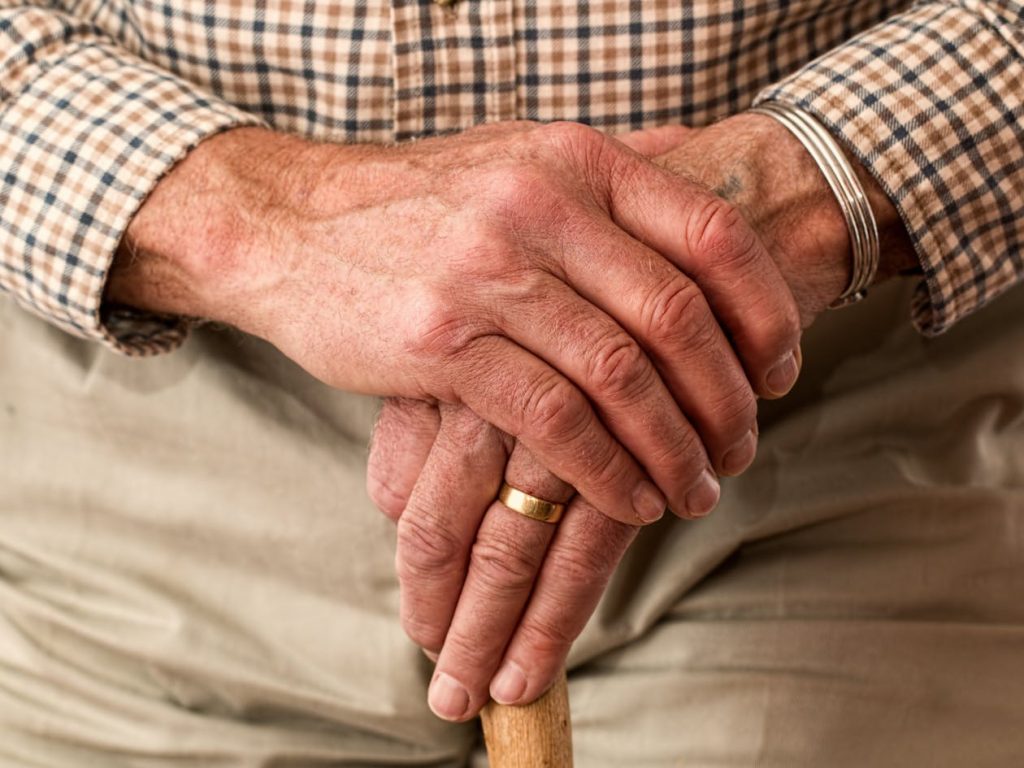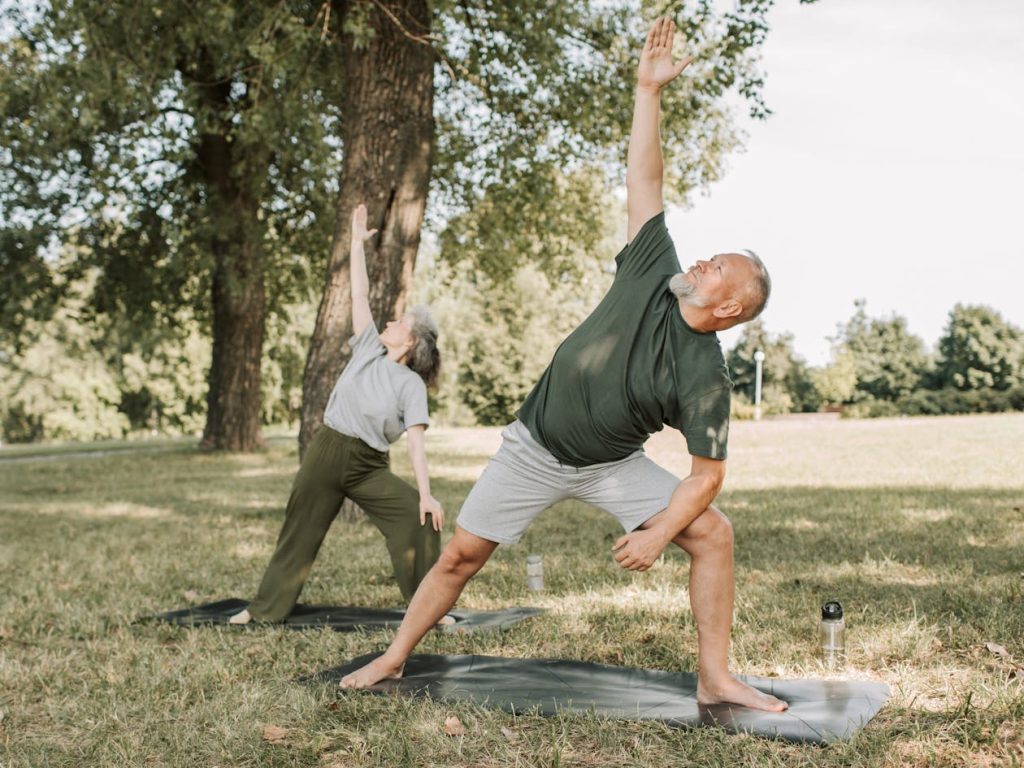Your cart is currently empty!
Study Finds Human Lifespan Has a Hard Limit Between 120 and 150 Years

Imagine beating cancer, dodging heart disease, and sidestepping diabetes your entire life. You’ve done everything right: maintained a healthy weight, exercised regularly, and kept your stress levels low. Now picture reaching your 120th birthday in perfect health. Would you live forever?
Science has an answer, and it might surprise you.
Researchers from Singapore-based biotech company Gero, working alongside scientists at Roswell Park Comprehensive Cancer Center in Buffalo, New York, have discovered something profound about human existence. No matter how well you care for your body, no matter how many diseases you avoid, your life has a hard ceiling. Published in Nature Communications, their research points to a biological limit that exists independent of illness: somewhere between 120 and 150 years, your body will simply run out of the ability to keep going.
What stops us isn’t disease. It’s something far more fundamental.
Your Body Has an Expiration Date Between 120 and 150 Years

Lead researcher Timothy Pyrkov and his team analyzed thousands of people across the United States, the United Kingdom, and Russia, searching for the biological mechanisms that ultimately end human life. Rather than focusing on specific diseases or genetic factors, they looked at something deceptively simple: how our bodies recover from everyday challenges.
Blood cell counts and daily step counts became their windows into human aging. Tracking these two variables across months and years, the researchers discovered a pattern that holds whether you’re measuring what’s happening inside your veins or counting your footsteps each day.
Both metrics tell the same story about your future.
How Scientists Tracked Aging Through Blood Cells and Footsteps

Scientists broke down age groups into three distinct categories: early adulthood (ages 16 to 35), middle age (35 to 65), and older age (beyond 65). Each group received careful examination through complete blood count measurements and physical activity monitoring via wearable devices.
Red blood cells, white blood cells, and platelets all have predictable healthy ranges. Men typically maintain 4.5 to 5.5 million red blood cells per cubic millimeter, while women average 4 to 5 million. White blood cells should fall between 5,000 and 10,000 per cubic millimeter. Deviations signal problems: low red blood cells might indicate anemia, while reduced white blood cells could mean neutropenia, a condition that weakens your immune system.
Step counts provided a completely different type of data. Most health authorities recommend 10,000 steps daily, though research shows the mortality benefit plateaus around 7,500 steps. Yet despite these two variables seeming worlds apart, one measuring cellular health and the other measuring physical activity, they painted identical pictures of how aging progresses.
Peter Fedichev, a cofounder of Gero and study coauthor, told Scientific American that most biologists would consider blood counts and step counts “pretty different.” Yet the fact that both “paint exactly the same future” reveals something essential about human decline.
Recovery Time Holds the Key to Your Maximum Years
Here’s where the research gets interesting. Scientists weren’t observing a steady, predictable decline with age. Instead, they noticed something more nuanced: a series of step-downs where bodies failed to return to previous health levels after setbacks.
Think about recovering from a bad cold in your twenties. Your body bounces back to 100 percent within days. At 40, that same cold might leave you at 98 percent of your former capacity. By 60, perhaps 95 percent. Each illness, each injury, each stressor chips away at what researchers call “physiological resilience.”
Gero’s team developed a measurement called DOSI (dynamic organism state indicator) to track this phenomenon. By plotting recovery times across all three age cohorts over decades of life, they identified the point where resilience vanishes entirely. Recovery time grows from about two weeks in 40-year-olds to over eight weeks for those in their 90s.
Your body’s stamina bar, to use a video game analogy, shrinks with each passing year. Even when full, it holds less capacity than before.
Why Even Perfect Health Cannot Beat the Clock

Every year you live presents new opportunities for something to go wrong. Cancer risk becomes a coin toss you must take repeatedly. Live long enough, and eventually, the odds catch up with you.
But here’s the crucial finding: even if you never get cancer, never develop heart disease, never face diabetes or any major illness, your body still reaches an endpoint. Research subjects who avoided all major health problems still showed the same pattern of declining resilience.
As the study authors noted: “We conclude that the criticality resulting in the end of life is an intrinsic biological property of an organism that is independent of stress factors and signifies a fundamental or absolute limit of human lifespan.”
Between 120 and 150 years, mathematical models suggest, recovery time would diverge completely. Variance in your body’s baseline state would increase infinitely. At this critical point, even minor challenges become insurmountable. A small infection, a minor fall, a brief illness: any of these could trigger a cascade your body cannot reverse.
Jeanne Calment Still Holds the Record at 122 Years
Only one person in verified human history has approached this theoretical limit. Jeanne Louise Calment, born in Arles, France, on February 21, 1875, died on August 4, 1997, at age 122 years and 164 days.
Calment witnessed extraordinary changes during her lifetime. Born 14 years before the Eiffel Tower’s construction, she lived to see automobiles, airplanes, cinema, and the internet. At age 13, she met Vincent van Gogh in her father’s shop in Arles, later recalling that he was “ugly as sin, had a vile temper and smelled of booze.”
Her lifestyle hardly screamed “health optimization.” Calment smoked cigarettes daily until age 117. She consumed nearly 2.5 pounds of chocolate every week. She drank port wine regularly. Yet she also stayed active: cycling until age 100, taking up fencing at 85, and living independently until 110.
Perhaps most famously, at age 90, Calment entered a “reverse mortgage” agreement with 47-year-old lawyer André-François Raffray. He agreed to pay her 2,500 francs monthly until her death, when he would inherit her apartment. Raffray died at 77, three decades into the arrangement. His widow continued payments for nearly three more years. By Calment’s death, they had paid more than double the apartment’s value.
When asked at 121 about her future, Calment replied: “A very short one.”
She remains the only verified person to reach age 120.
Recent Studies Confirm Life Expectancy Has Hit a Wall

New research published in Nature Aging in October 2024 reinforces these findings from a different angle. Scientists examined mortality data from 1990 to 2019 in the eight countries with the longest-lived populations, plus Hong Kong and the United States.
Life expectancy improvements have decelerated across all these regions. Average proportions of women and men expected to survive to 100 stood at just 5.1 percent and 1.8 percent, respectively. Among Americans born in 2019, only 3.1 percent of women and 1.3 percent of men will likely become centenarians.
Researchers S. Jay Olshansky and Steven Austad have a standing bet about humanity’s future. In 2000, Austad told Scientific American that the first person to live to 150 had already been born. Olshansky disagreed. Each put $150 into an investment fund; the winner’s descendants will collect in 2150. They’ve since doubled their wager.
Austad’s optimism rests on laboratory work extending mouse lifespans and over 60 clinical trials testing similar therapies in humans. Olshansky remains skeptical, noting that we haven’t found ways to slow aging itself.
Eric Verdin, CEO of the Buck Institute for Research on Aging, who wasn’t involved in either study, hopes the recent paper “will impose a reality check on the field.” He added: “Talking about things that are unattainable sells books, and it generates clicks, and it generates enthusiasm… but it also detracts from the serious work that can be done now.”
What Silicon Valley Gets Wrong About Outsmarting Death
Longevity enthusiasts and biotech companies frequently claim that lifestyle changes and medical advances will enable humans to reach 150 to 180 years. These predictions assume we can continue making linear progress against specific diseases.
But that’s not how biology works.
Curing cancer would extend average life expectancy by removing a major cause of death. Same with heart disease or diabetes. However, these interventions don’t address the underlying problem: progressive loss of physiological resilience.
Your body reaches a point where it cannot repair itself anymore, regardless of which specific diseases you’ve avoided. Cells still divide. Organs still function. But the coordination between systems breaks down. Recovery from even trivial insults becomes impossible.
Unless science develops interventions that restore resilience itself rather than treating individual conditions, the 120 to 150-year ceiling remains fixed.
Your Cells Face a Mathematical Dead End

Mathematical modeling reveals why this limit exists. As you age, your organism’s state follows a stochastic process (essentially a random walk) on top of a slow aging drift. The variability of this state increases approximately linearly with age.
Scientists measured autocorrelation time, which characterizes how long it takes your body to return to equilibrium after stress. From age 40 to 90, this time grows from roughly two weeks to eight weeks. Extrapolating this trend forward suggests complete loss of resilience occurs between 120 and 150 years.
At this critical point, your body would exist in a state of “zero resilience.” Medical literature calls this the absolute zero on the vitality scale. Beyond it, survival becomes mathematically implausible.
Interestingly, this limit appears consistent across different biological systems. Whether measured through blood markers, physical activity levels, or other aging indicators, the same critical point emerges around 120 to 150 years.
Can Science Ever Push Past 150 Years
Research suggests that without fundamental interventions into the aging process itself, maximum lifespan cannot be extended.
Promising areas include biotechnology, regenerative medicine, and cellular reprogramming. These approaches might target resilience loss directly rather than treating individual diseases. Some scientists speculate about tissue rejuvenation, stem cell therapies, molecular repair, gene therapy, and organ replacement.
Mouse studies offer hope. Treatments with drugs like rapamycin have produced lasting improvements in animal frailty indices. Over 60 clinical trials are currently testing longevity interventions in humans.
However, a crucial distinction exists between healthspan and lifespan. Healthspan refers to years lived in good health, free from chronic diseases. Lifespan measures total years alive. Treatments reducing inflammation or lowering disease risks could extend healthspan without necessarily pushing maximum lifespan past its biological ceiling.
Research also suggests timing matters. Interventions in healthy individuals might produce modest, temporary reductions in health risks. The same treatments in frail individuals could potentially restore some resilience and extend lifespan beyond what would otherwise be their healthspan endpoint.
What This Means for Your Future and Your Children’s

Current American life expectancy hovers around 76 to 81 years, depending on gender and other factors. A maximum lifespan of 120 to 150 years represents nearly double this average.
Most people won’t approach the biological ceiling. Disease, accidents, and accumulated health challenges will intervene long before resilience completely vanishes. Even Jeanne Calment, with her exceptional longevity, fell 28 to 58 years short of the theoretical maximum.
Perhaps the message isn’t about extending the quantity of years but improving their quality. Focus on maintaining resilience as long as possible: staying physically active, managing stress, avoiding major health problems, and keeping socially engaged.
Science may eventually develop interventions that slow resilience loss. Until then, the human lifespan has boundaries that no amount of medical care or healthy living can overcome.
We’re built to last between 120 and 150 years. After that, the mathematics of biology catches up with us all.
